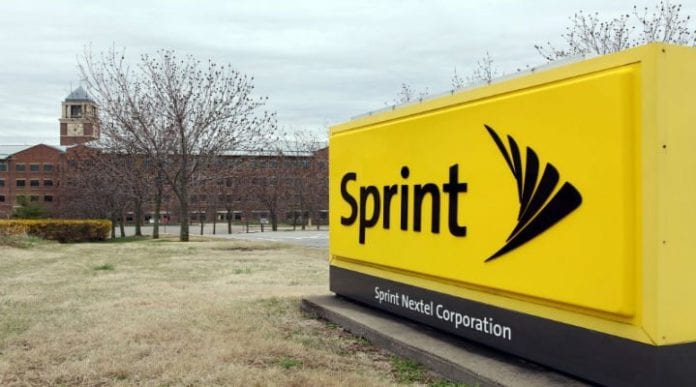Massive MIMO equipment can be reused if merger with T-Mobile goes through, Sprint says
While the U.S. Federal Communications Commission has currently stopped the clock on a proposed merger of Sprint and T-Mobile US, Sprint CEO Michel Combes said last week at the Goldman Sachs Communacopia Conference he expects the deal to close in the first half of 2019. But, whether or not the merger goes through, Combes said Sprint is prepared to continue its network investments and deliver on 5G.
Sprint is currently in the process of putting its 2.5 GHz spectrum to work using dual-mode massive MIMO antennas that can simultaneously support LTE and 5G. Combes described massive MIMO as a “major play to improve the quality of our network” and said the carrier has seen 2x capacity improvements, “which is quite significant for our network and our customers.”
One aspect of the potential network integration with T-Mobile Combes addressed is–given the major Sprint network investment, coupled with the fact Sprint would decommission tens of thousands of sites if the merger goes through–is this set up to be a potentially stranded asset?
“The beauty of that is most of our investment is going today…in capabilities which will be reused in the future,” Combes said. “Most of the equipment we are putting in the field will be reused by the combined company. We have all the opportunities to reuse most what we’re putting in the field right now. We’re preparing for the future whatever happens.”
The executive said he expects to report reduced customer churn in 2019 as the benefit network improvements are recognized by customers, and as Sprint puts out messaging that speaks to performance benefits.
On the small cell front, Combes said Sprint finished Q1 with around 15,000 outdoor small cells on air. And said the company is “on a journey” to activate up to 50,000 outdoor small cells. He also touted the success of the Magic Box indoor small cell; there are more than a quarter million of those currently in use. “We see a great opportunity there to leverage those small cells to extended coverage and improve experience for our customers indoor and outdoor.”

